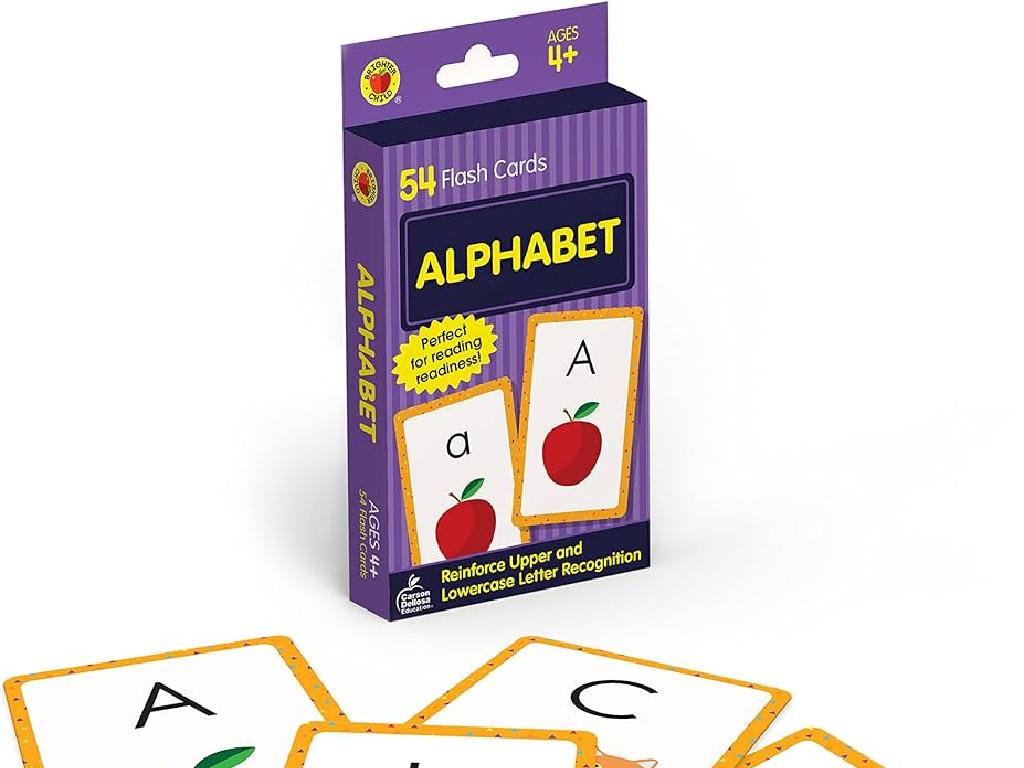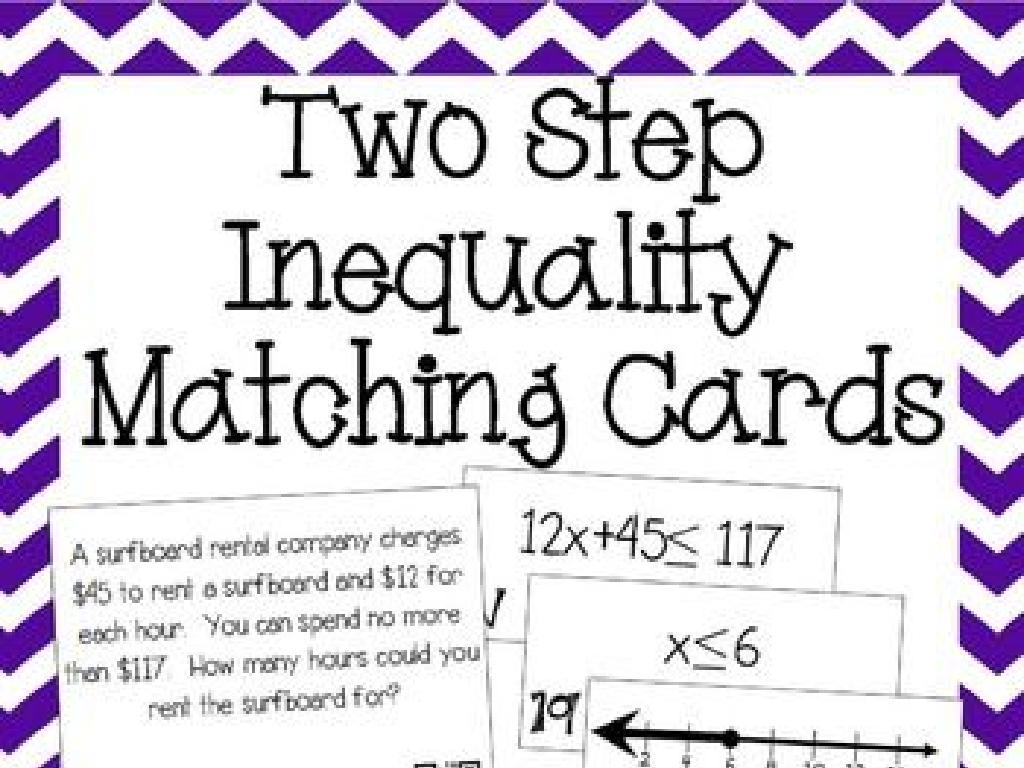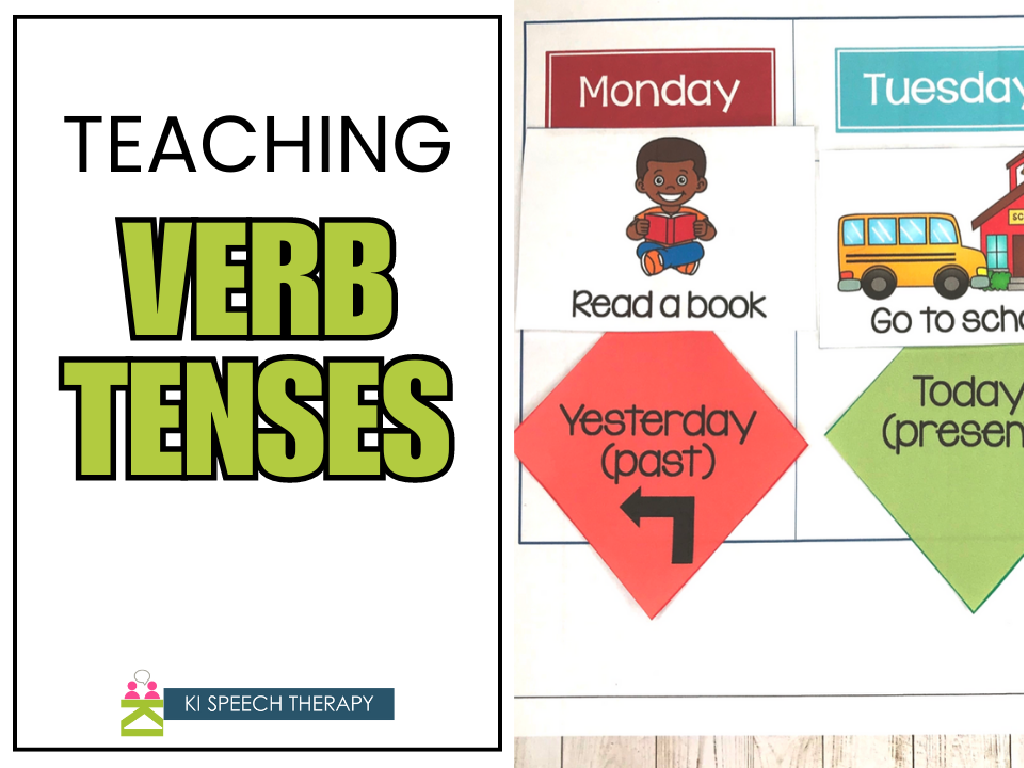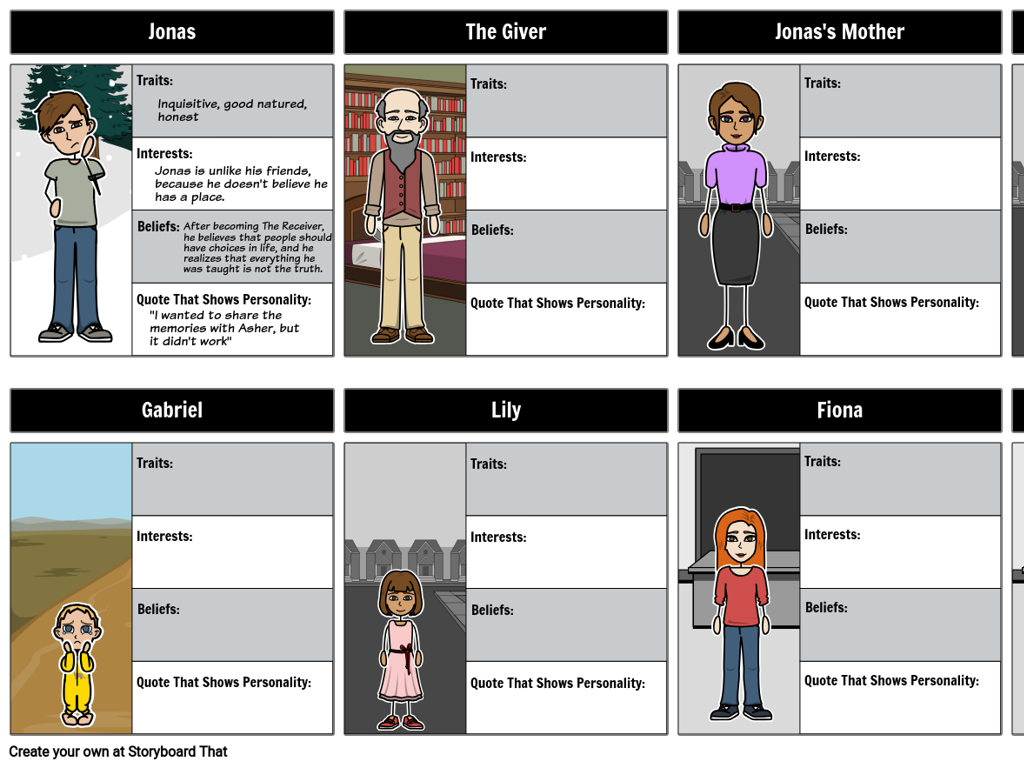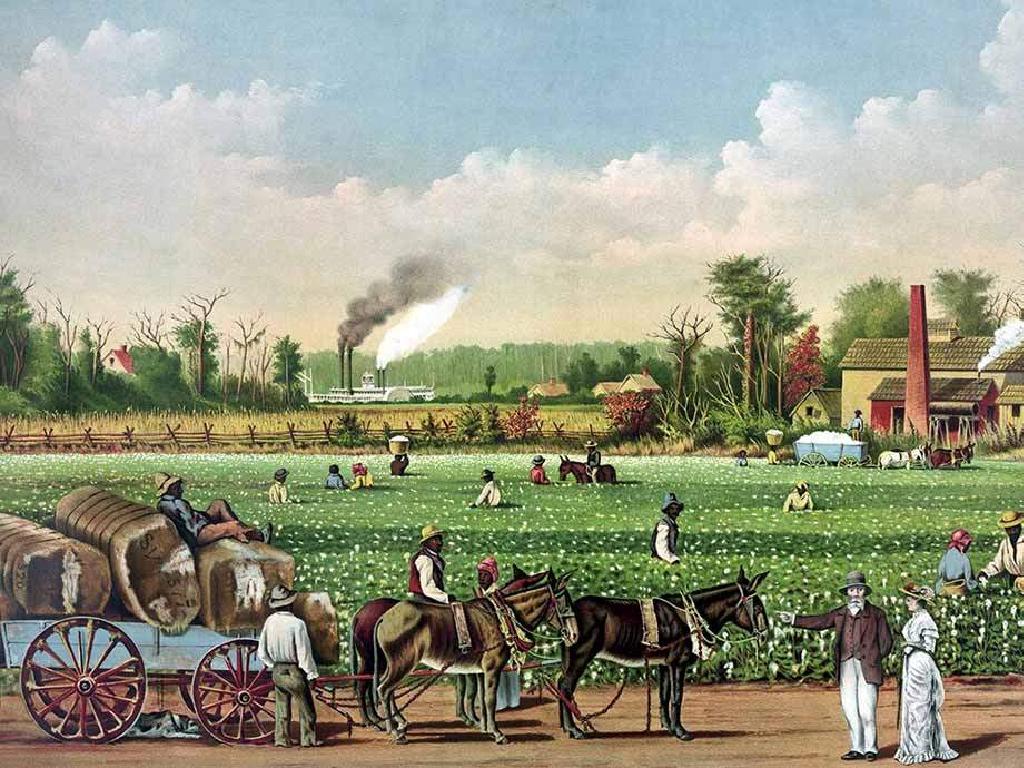Find The Word With The Same Vowel Sound
Subject: Language arts
Grade: First grade
Topic: Long Vowels
Please LOG IN to download the presentation. Access is available to registered users only.
View More Content
Welcome to Long Vowels!
– Learning about long vowels
– Long vowels sound like the letter name.
– Vowels: A, E, I, O, U
– Examples: A as in ‘cake’, E as in ‘see’, I as in ‘time’, O as in ‘no’, U as in ‘use’.
– Long vowels say their name
– When a vowel says its own name, that’s a long vowel sound.
|
This slide introduces first graders to the concept of long vowel sounds. Explain that vowels are not just letters, but they make special sounds. Long vowels are easy to remember because they say their name, just like when we say the alphabet. Use examples like ‘cake’ for the long A sound or ‘see’ for the long E sound to illustrate the point. Have the children practice by saying the vowel names out loud and listening to words that contain the long sounds. This will prepare them for activities where they will identify words with long vowel sounds.
Exploring Long Vowel Sounds
– What are long vowels?
– A long vowel sounds just like its name.
– Examples of long vowels
– ‘cake’ for A, ‘seat’ for E, ‘bike’ for I, ‘cone’ for O, ‘cute’ for U.
– Listening to long vowels
– We’ll say words aloud to hear the long vowel sounds.
– Practice finding long vowels
|
This slide introduces the concept of long vowel sounds to first graders. Begin by explaining that long vowels are special because they say their own name, such as the ‘A’ in ‘cake’. Provide clear examples for each vowel and pronounce them with the class to reinforce the learning. Engage the students by having them listen and repeat the sounds after you. For practice, encourage students to find and share words with long vowel sounds from their favorite books or during a classroom activity. This will help them recognize and understand the use of long vowels in everyday language.
Matching Game: Find the Long A
– Listen for the long A sound
– It sounds like ‘ay’ as in ‘cake’
– Say picture names aloud
– Practice pronunciation clearly
– Match words with long A
– Find words that sound like ‘cake’
– Example: ‘cake’
|
This slide introduces a matching game focused on the long A vowel sound. Encourage the students to say the names of different pictures out loud to practice their pronunciation and listening skills. They should listen for the ‘ay’ sound that is present in the word ‘cake’. As they identify words with the long A sound, they can match them to the corresponding pictures. This activity will help reinforce their understanding of vowel sounds and improve their ability to recognize the long A sound in different words. Prepare a list of words and corresponding images that feature the long A sound for the students to use during the activity.
Matching Game: Find the Long E
– Listen for the long E sound
– It sounds just like ‘E’
– Match words with the ‘seat’ sound
– Words like ‘beet’, ‘feet’, and ‘meet’ all have the long E sound.
– Which pictures show the long E?
– Look at pictures and say the word. Does it sound like ‘seat’?
|
This slide introduces a matching game focused on the long E sound. Encourage the students to pronounce the long E sound by comparing it to the letter ‘E’ itself. Use the word ‘seat’ as a reference for the sound they should be listening for. Provide examples of words with the long E sound and ask the students to match these words to pictures. For instance, show pictures of a bee, a tree, and a car, and ask which one has the long E sound. This activity will help students in recognizing the long E sound in different words and associating it with the correct vowel sound. Make sure to have a variety of pictures that do and do not contain the long E sound for a comprehensive understanding.
Matching Game: Find the Long I
– Learn the long I sound
– ‘I’ sounds like its name
– Like in ‘bike’, where I says its own name
– Look at pictures for long I
– Find pictures that have the long I sound in them
– Match words with long I sound
– Connect the picture to the word with the same long I sound
|
This slide introduces the matching game focused on the long I sound, which is an important phonetic concept for first graders. The long I sound is pronounced like the letter’s name, as in ‘bike’. Provide students with a variety of pictures and words, and ask them to match the images to words that contain the long I sound. This activity will help reinforce their understanding of vowel sounds and improve their ability to recognize the long I sound in different words. Encourage students to say the words out loud as they make matches to further solidify their learning. Prepare a set of pictures and corresponding words for the activity, ensuring that there are clear examples of the long I sound.
Matching Game: Find the Long O
– Listen for the ‘oh’ sound
– ‘Oh’ as in ‘cone’
– Pick pictures with long O
– Does it sound like ‘oh’? Choose that picture!
– Share your matches with the class
– Tell us which ones you think are right
|
This slide introduces a matching game focused on the long O sound, which is pronounced ‘oh’. Start by having students listen to the sound and repeat it. Use the word ‘cone’ as a reference for the long O sound. Present various pictures to the students and ask them to identify which ones contain the long O sound. Encourage them to think about the sound in each word as they look at the pictures. After they make their selections, have them share their answers with the class. This will help reinforce their understanding of the vowel sound and provide an opportunity for speaking practice. Possible activity variations could include matching words to pictures, sorting pictures into ‘long O’ and ‘not long O’ categories, or even a bingo game with long O words.
Matching Game: Find the Long U
– Learn the long U sound
– It sounds like ‘you’
– Like in ‘cute’, ‘mule’, or ‘tube’
– Spot pictures with long U
– Look at each picture and say the word
– Have fun matching!
|
This slide introduces the long U sound to first graders through a fun matching game. The long U sound is similar to the word ‘you’ and can be found in words like ‘cute’, ‘mule’, and ‘tube’. Encourage the students to practice the sound before starting the game. Provide them with various pictures that represent words with the long U sound and some that do not. Ask the students to identify and match only the pictures that contain the long U sound. This activity will help them recognize and differentiate the long U sound in words. For the teacher: Prepare a set of picture cards beforehand, some with the long U sound and others without. Make sure to have a variety of examples and non-examples to challenge the students and reinforce learning.
Let’s Practice Long Vowel Sounds!
– Listen to the word I say
– Identify the long vowel sound
– Example: ‘cake’ has a long ‘a’
– The long ‘a’ sounds like the letter ‘a’ itself
– Now it’s your turn to try!
– I’ll say a word, and you’ll tell me the long vowel sound
|
This slide is for an interactive class activity to help students practice identifying long vowel sounds in words. Start by clearly pronouncing a word with a long vowel sound, such as ‘cake’, and then ask the students to identify the long vowel sound. After the example, encourage the students to listen and identify the long vowel sounds in new words that you provide. This activity will help reinforce their understanding of long vowels and improve their phonetic skills. Be prepared with a list of words that include long vowel sounds for the students to practice with. Praise correct answers and gently correct any mistakes, ensuring to provide the right pronunciation and explanation.
Class Activity: Vowel Sound Hunt
– Let’s hunt for vowel sounds!
– Find objects with long vowels
– Look for items like ‘tape’ or ‘note’
– Team up with a buddy
– Write down your discoveries
– Use a notepad to list your words
|
This interactive activity is designed to help first graders recognize and understand long vowel sounds in a fun and engaging way. Have the students walk around the classroom in pairs, searching for objects that contain long vowel sounds (e.g., ‘tape’ for the long ‘a’ sound, ‘note’ for the long ‘o’ sound). Encourage them to say the names of the objects out loud to practice the vowel sounds. Provide each pair with a notepad or paper to write down the words they find. This will help reinforce their phonics skills and aid in vocabulary development. After the hunt, regroup and discuss the findings, allowing students to share the words they wrote down. This will also give them the opportunity to practice speaking in front of the class and to learn from each other’s discoveries.
Review and Goodbye!
– Review long vowel sounds
– Find another long vowel word
– Think of words with the same sounds as ‘cake’, ‘seat’, ‘bike’, ‘boat’, ‘cube’
– Praise for today’s learning
– Listen for vowel sounds daily
– Keep an ear out for words like ‘rain’, ‘feet’, ‘night’, ‘road’, ‘mule’
|
As we wrap up today’s lesson, it’s important to revisit the long vowel sounds to reinforce learning. Encourage the students to find one more word on their own that has a long vowel sound, similar to the examples provided during the lesson. Offer praise to acknowledge their hard work and progress. Finally, remind them to continue practicing by listening for long vowel sounds in words they hear outside of class, turning everyday experiences into learning opportunities. For the next class, prepare a list of words that students found and discuss them.

